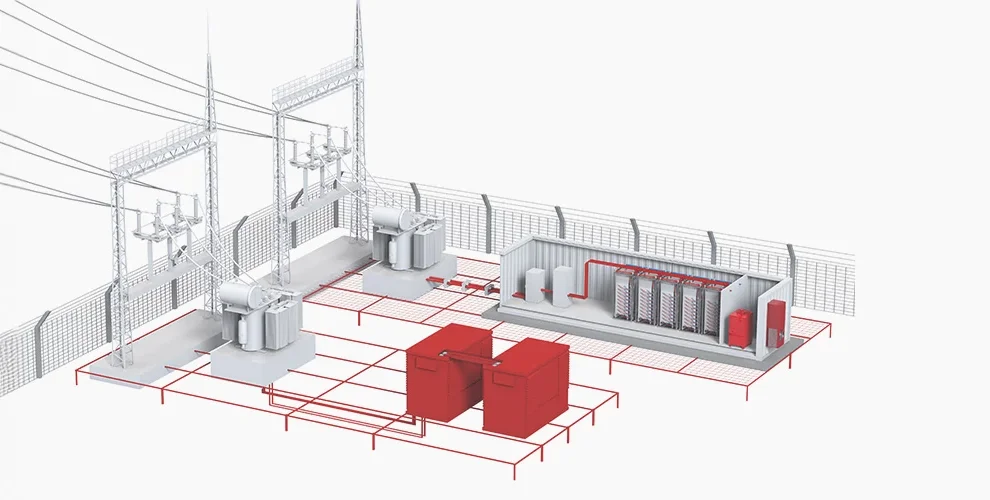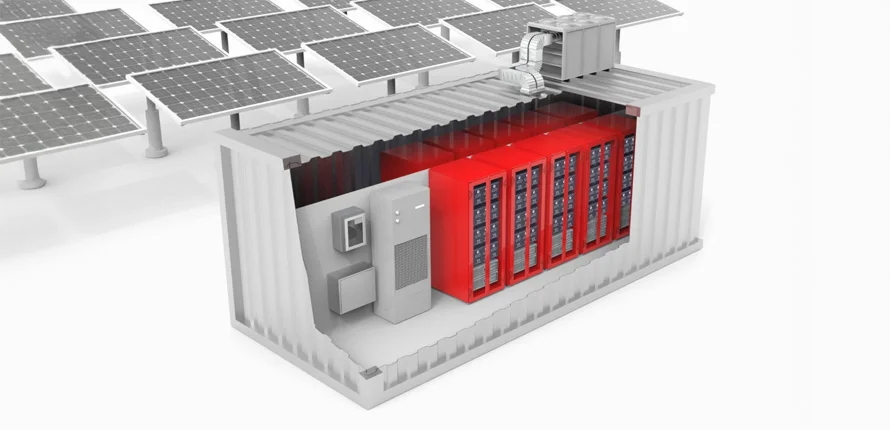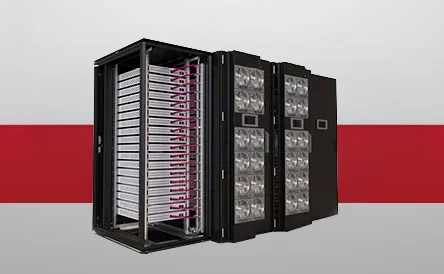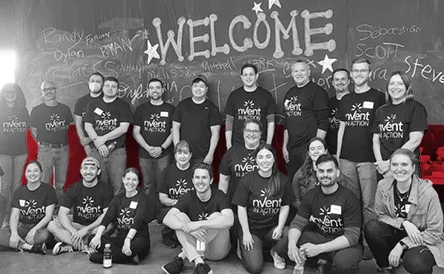Reducing the Footprint of Energy Storage: Key Design and Technology Insights
Battery energy storage is a critical technology to support energy independence and enhance the viability of renewable energy. Renewable energy generation is fundamentally different from traditional fossil fuel energy generation in that energy cannot be produced on demand. Coal can be burned whenever power is needed—wind and solar energy rely on the wind blowing and the sun shining. Solar energy presents a particular problem in that it cannot be produced at night, during the peak demand time for energy.
This is where battery energy storage comes in. Battery energy storage systems (BESSs) are electromechanical devices that store energy in batteries for use at a prescribed rate and time. This decouples time of generation from time of use and allows energy to be delivered when consumers need it. Energy storage systems are critical to achieving clean energy goals by providing better utilization of renewable resources while improving grid reliability and price stability.
In addition to applications in the grid, energy storage is also used in commercial and industrial applications to enhance reliability of energy availability and reduce costs by using stored power during times when grid power is particularly expensive. Residential homes or small communities can also use energy storage to achieve better energy independence and environmental sustainability by connecting energy storage systems to distributed energy resources like rooftop solar.
More power in smaller spaces
The International Renewable Energy Agency estimates that 86 percent of the world’s electricity may come from renewables by 2050. This would require a massive increase in renewable power generation. Even with more space efficient renewable technologies being developed, power generation companies need to prioritize physical space being used to generate renewable electricity, not storing it. For this reason, energy storage installations must seek to reduce their footprint wherever possible.
Footprint reduction is also important in energy storage applications like EV charging stations and commercial and residential buildings that have extremely limited physical space. With more cars taking advantage of charging stations, charging stations may not be able find enough physical space to meet demand without smaller BESS installations. Similarly, commercial and residential applications may not be able to change the layouts of buildings to accommodate these new systems and will therefore need to find ways to fit them into existing architecture.
Design and technology considerations for footprint reduction
Even with advances in technology that have reduced the size of batteries themselves, battery energy storage installations need the right infrastructure to support using many batteries in close proximity. The best way to reduce footprint in energy storage is to reduce as much as possible the space being used for anything other than batteries.
Liquid cooling has been deployed in data centers around the world to manage increasing heat density from next-generation chips. Liquid cooling is more efficient than air cooling because liquid has a higher heat transfer capacity and can get closer to the source of heat than air. Similarly, liquid cooling can be used in energy storage applications to manage the heat loads generated from rising power density. Liquid cooling works in energy storage applications by using a chiller to pump cooled fluid through the system in a closed loop, with precision control adjusting fluid temperature and flow rates to maximize efficiency. By raising the cooling capacity of energy storage systems with liquid cooling, battery module manufacturers can fit more batteries closer together and increase the power capacity of their installations without increasing footprint.
Even with batteries appropriately cooled, they still need to be connected to one another, and to the grid or other application they are powering. Traditional cable solutions, while appropriate in some applications, can be difficult to use when footprint reduction is a primary concern because they often do not have a safe bending radius high enough to accommodate tight turns in small spaces. In these situations, flexible conductors, such as flexible busbars or braids, can offer better design flexibility due to the reduced cross-section and minimal bend radius requirements. These busbars can be prefabricated to save time and labor on job sites
What’s next?
Demand for energy storage will continue to grow as government investments in infrastructure increase around the world, microgrids become more common and electric vehicles see widespread adoption. Reducing footprint for energy storage systems will be a challenge for battery module manufacturers, power companies, commercial buildings and more. Thinking about these challenges and developing technology to reduce footprint now will help energy storage companies get out ahead of the competition. Reexamining power connections and cooling approach is a great place to start.
nVent's energy storage solutions simplify design, procurement, manufacturing and site installation while improving total cost of energy. Our solutions improve the total cost of energy and can meet a wide range of applications and environments.
Explore our energy storage solutions: Energy Storage | nVent POWER-UTILITIES





